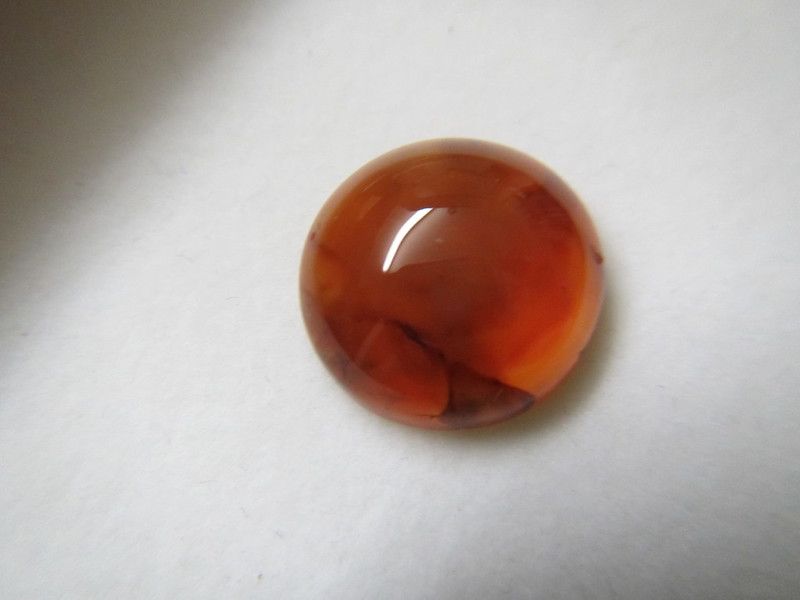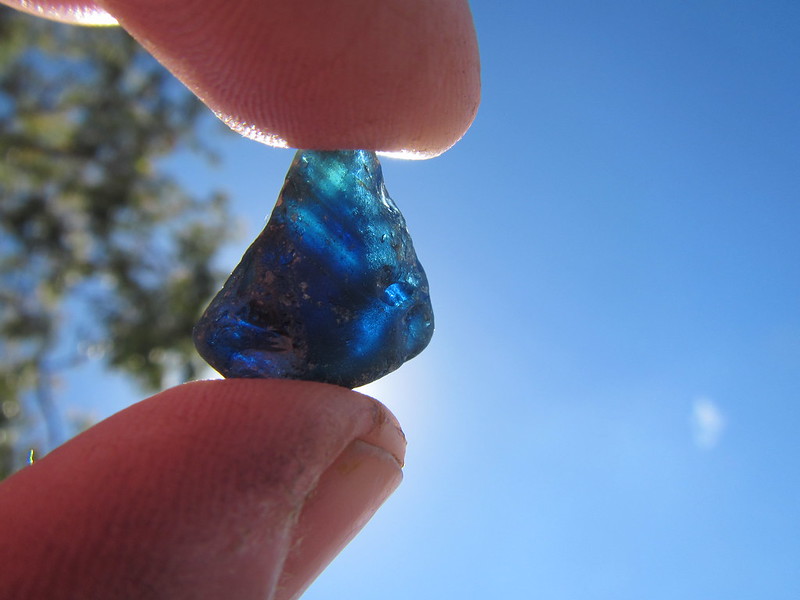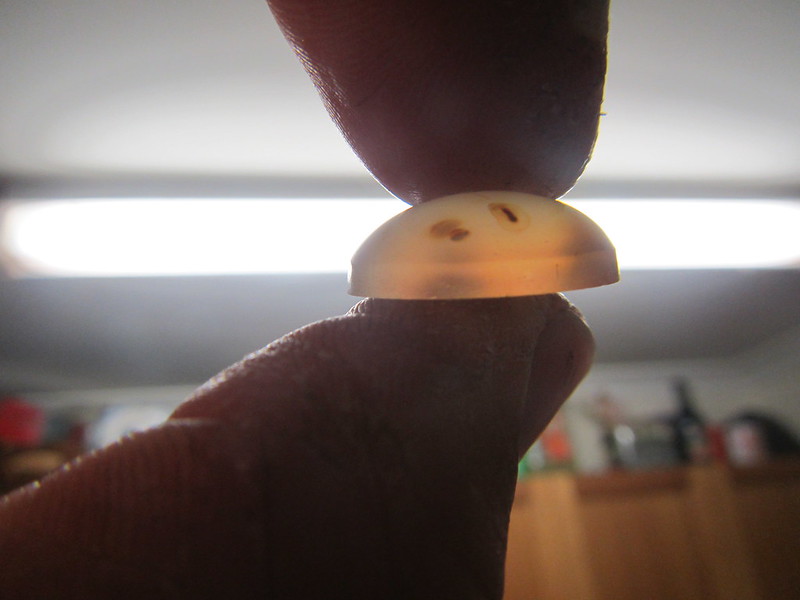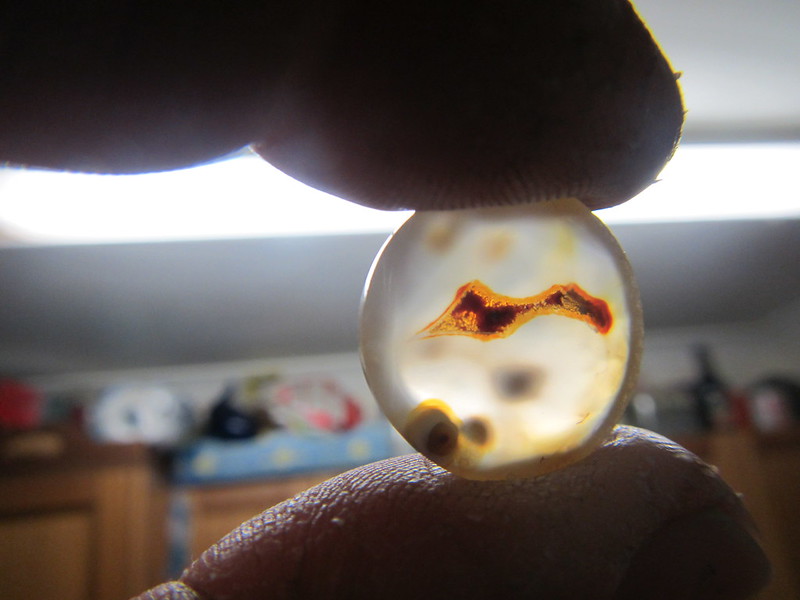- Joined
- Mar 16, 2014
- Messages
- 17
- Reaction score
- 0
someone know the acid can burn schist around a mineral ?



I like those pieces buddy ! I'll swap you something for one of those . I like the one top right ( see my post on tiger/ hawks eye? I'll give you some of that) if keen .Lefty said:Cheers Piep. There's no shortage of agate lying around where I find that stuff, it's just that the nice orange-red carnelian can be more difficult to spot than the sard because it often has a layer of brown stone around the agate which makes it look like a million other brown stones. It's only if that agate nodule shape catches my eye that I find it. I'm always hunting for a good bit!
Bits like that seem to be solid orange agate but you reckon that oxalic acid would rip the colour out of the oval one on the left, where it is in the veins and fissures?
https://farm4.staticflickr.com/3920/14838808054_2d11473c50_c.jpg
Do post some piccies of your collection and the cleaning process, I'd be really interested to see it
Kingsolomon said:I like those pieces buddy ! I'll swap you something for one of those . I like the one top right ( see my post on tiger/ hawks eye? I'll give you some of that) if keen .Lefty said:Cheers Piep. There's no shortage of agate lying around where I find that stuff, it's just that the nice orange-red carnelian can be more difficult to spot than the sard because it often has a layer of brown stone around the agate which makes it look like a million other brown stones. It's only if that agate nodule shape catches my eye that I find it. I'm always hunting for a good bit!
Bits like that seem to be solid orange agate but you reckon that oxalic acid would rip the colour out of the oval one on the left, where it is in the veins and fissures?
https://farm4.staticflickr.com/3920/14838808054_2d11473c50_c.jpg
Do post some piccies of your collection and the cleaning process, I'd be really interested to see it




Enter your email address to join: